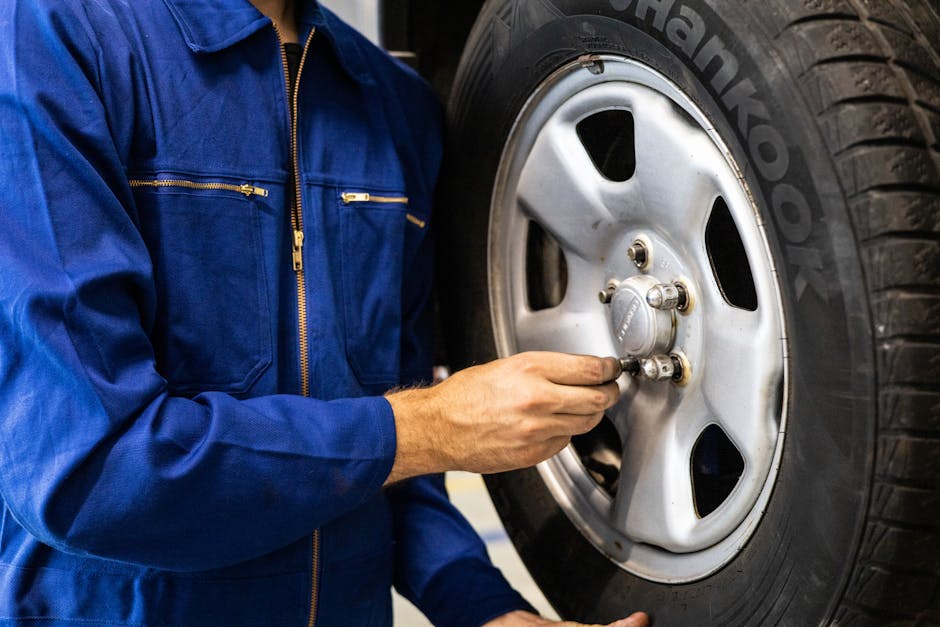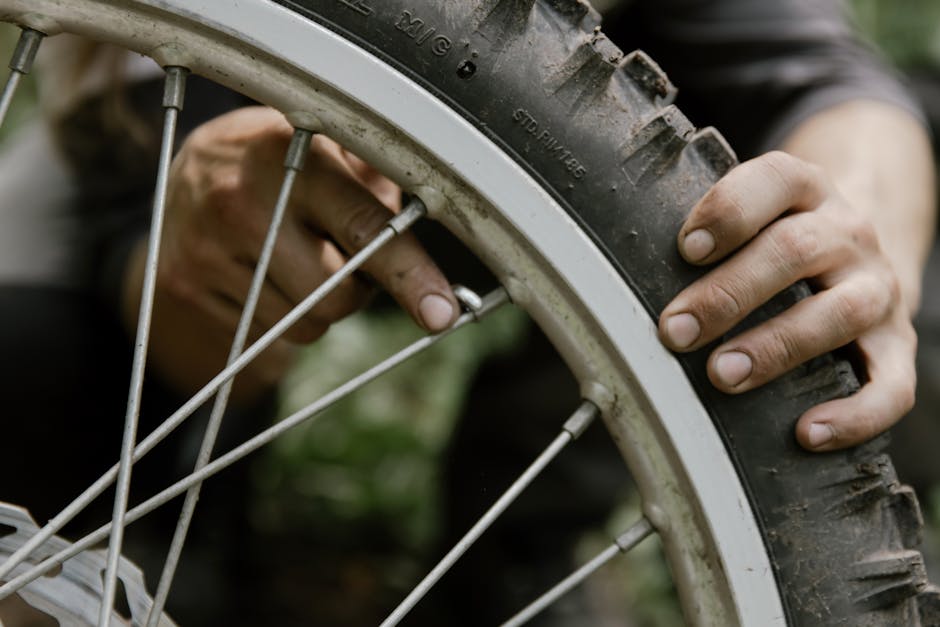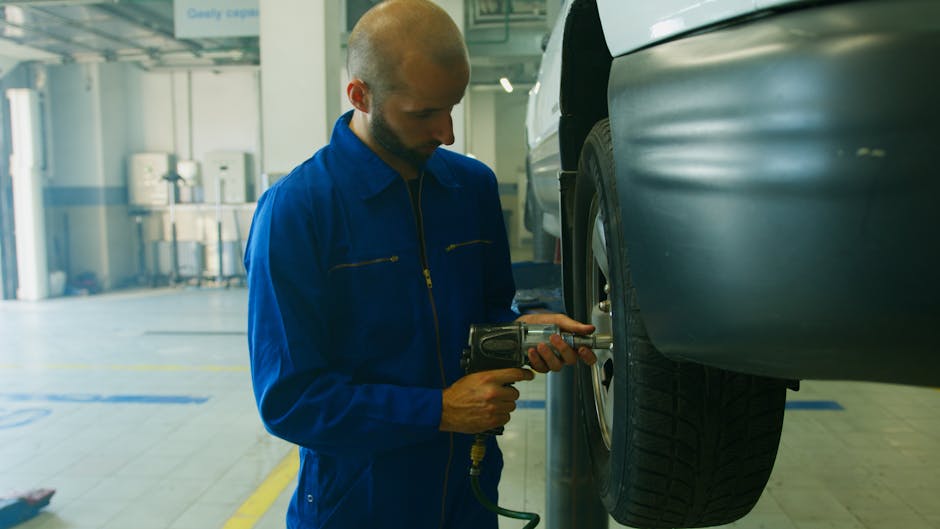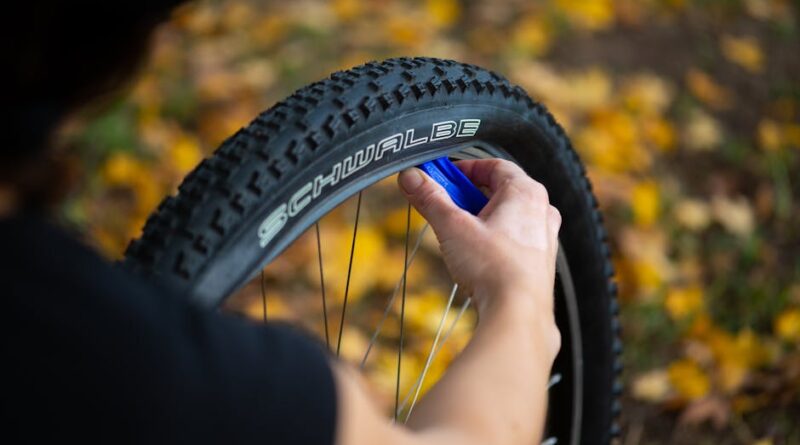How to Fix a Flat Tire Like a Pro
Flat tires can happen to anyone. In fact, around 220 million flat tires occur each year in the U.S. alone. Knowing how to fix a flat tire can save you time, money, and a lot of frustration. Lets dive into the simple steps that make you feel like a pro on the roadside.
What Do You Need to Fix a Flat Tire?

Before you get started, gather a few essential tools. Having everything on hand will make the process quicker and easier. Heres what you need:
- Spare tire
- Tire jack
- Lug wrench
- Tire pressure gauge
- Fix-a-flat spray (optional)
- Gloves (for cleanliness)
Now that you have your tools, lets move on to the actual fixing process.
How Do You Know Your Tire is Flat?

First things first: how can you tell if your tire is flat? There are a few signs you should look for:
- Your car pulls to one side while driving.
- You notice a visible bulge on the tire.
- You hear a hissing sound near the tire.
- The tire looks noticeably deflated compared to the others.
If you suspect a flat tire, it’s best to check it right away. Now, let’s get into fixing it!
How to Fix a Flat Tire Yourself

Fixing a flat tire is easier than you might think. Follow these steps, and youll have your tire back in shape in no time.
1. Find a Safe Spot
Pull over to a safe location away from traffic. A flat, stable surface is ideal. Turn on your hazard lights to alert other drivers.
2. Prepare Your Vehicle
Once you’re parked, apply the parking brake. This keeps your vehicle from rolling. If you have wheel chocks, place them behind the rear tires for added safety.
3. Loosen the Lug Nuts
Before lifting the car, loosen the lug nuts slightly. Use your lug wrench and turn them counterclockwise. don’t remove them completely yetjust break the seal.
4. Jack Up the Car
Now, it’s time to lift your vehicle. Place the jack under the vehicles frame, following the manufacturers guidelines. Crank the jack until the tire is off the ground.
5. Remove the Flat Tire
Once the car is lifted, finish unscrewing the lug nuts. Keep them in a safe spot; youll need them later. Carefully pull the flat tire away from the wheelbase.
6. Install the Spare Tire
Take your spare tire and align it with the wheelbase. Push it onto the hub and hold it in place. Hand-tighten the lug nuts to secure the tire.
7. Lower the Vehicle
Slowly lower the car back to the ground by cranking the jack down. Once it’s stable, tighten the lug nuts completely in a crisscross pattern. This ensures an even fit.
8. Check the Tire Pressure
After replacing the tire, check the pressure with your tire gauge. Ensure it’s at the recommended PSI, which you can find in your owners manual or on the drivers side door jamb.
9. Clean Up
Store your flat tire and tools back in your vehicle. Remember to take your old tire to a shop for repair or recycling.
What If You don’t Have a Spare Tire?

Sometimes, you may find yourself without a spare tire. don’t panic! There are alternatives:
- Use a fix-a-flat spray to seal small punctures.
- Call your roadside assistance service.
- Look for nearby tire repair services.
These options can help you get back on the road quickly.
How to Prevent Flat Tires
Prevention is always better than cure. Here are some tips to keep your tires in good shape:
- Check tire pressure monthly.
- Inspect tires for wear and tear regularly.
- Rotate your tires every 5,000 to 7,500 miles.
- Avoid potholes and debris on the road.
Regular maintenance can save you from unexpected flat tires.
When Should You Seek Professional Help?
Some situations call for an expert. If you notice significant damage, like sidewall punctures or bulges, it’s best to consult a professional. Tires that are beyond repair can pose safety risks. Trust your instinctsif something feels off, get help!
What Common Mistakes Should You Avoid?
While fixing a flat tire, avoid these common mistakes:
- Not loosening lug nuts before lifting the car.
- Using the jack incorrectly.
- Neglecting to check the spare tires pressure.
These pitfalls can make the process more complicated and unsafe.
What Are the Benefits of Knowing How to Fix a Flat Tire?
Learning to fix a flat tire has several perks:
- Saves time waiting for roadside assistance.
- Reduces repair costs at the shop.
- Boosts your confidence in handling vehicle issues.
Being self-sufficient on the road is empowering!
Conclusion: Be Prepared and Confident
Now you know how to fix a flat tire like a pro! Keep your tools handy and check your tires regularly. With a little practice, youll handle flat tires with ease.
Remember, the more you learn about your car, the safer your journeys will be. For more tips on car maintenance, check out our article on car maintenance tips.
Stay safe, stay prepared, and enjoy the open road!



